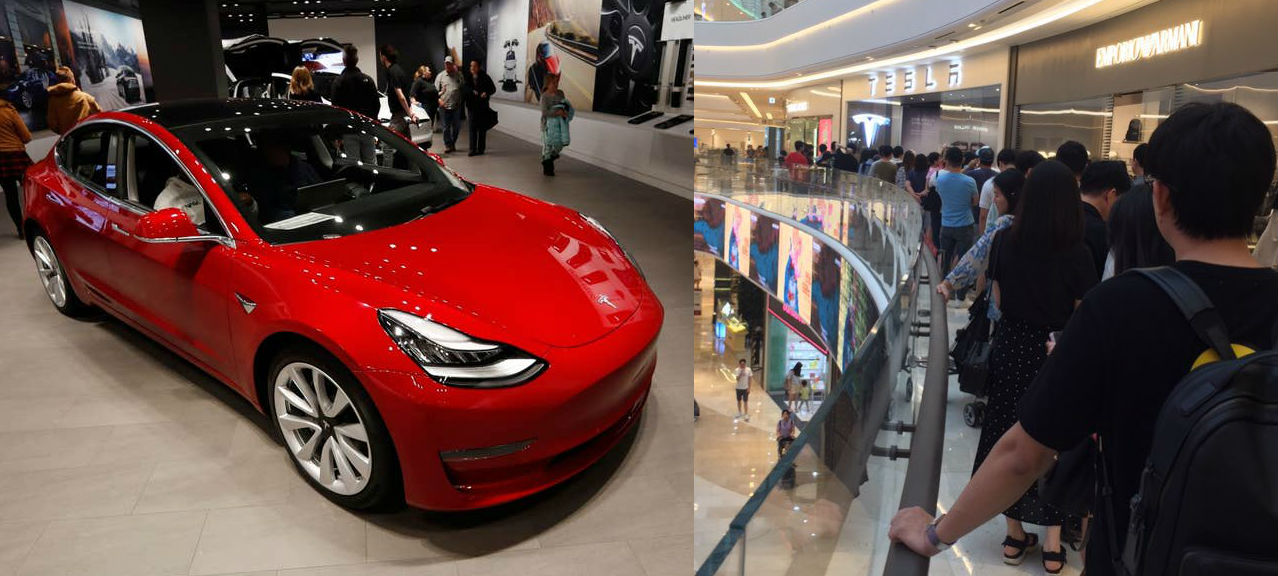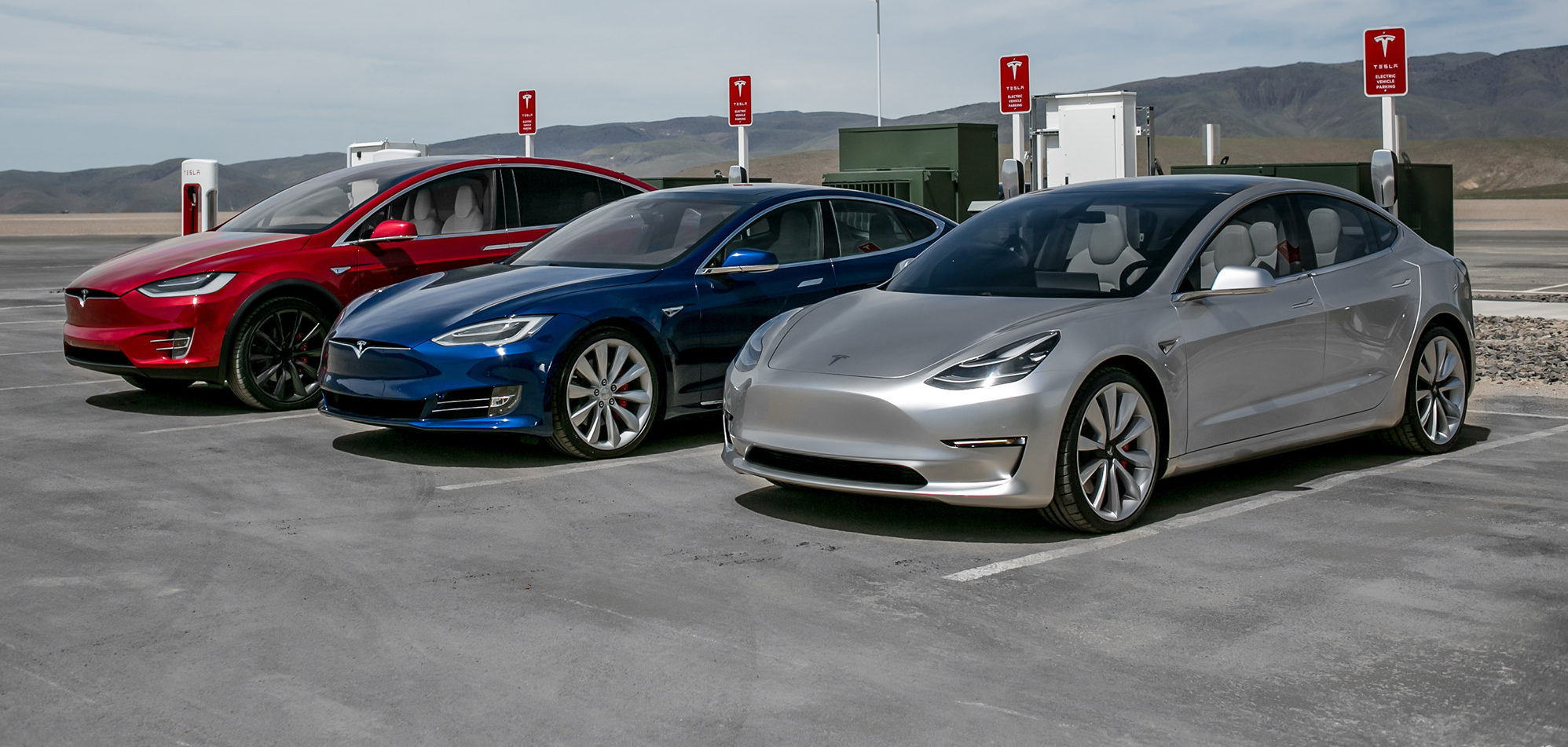There was once a time when plush leather seats, chrome-trimmed knobs, metal buttons, and a loud, grumbling engine were the hallmarks of a luxury vehicle. That was the status quo for a very long time, but with the emergence of Tesla and its tech-focused approach to cars, these age-old definitions of luxury in the automotive industry are getting disrupted.
In a recent article, American bank holding firm Capital One opted to examine a phenomenon in the second-hand luxury car segment that it dubs as “The Tesla Effect.” According to the financial firm, the influx of sales generated by Tesla consumers’ reaction to the brand amid the release of more attainable vehicles like the Model 3 has pretty much wrecked the pre-owned luxury segment. And the biggest victims of the Silicon Valley-based electric car maker are some of Europe’s strongest brands.
A key vehicle in this transition is the Tesla Model 3, which went from zero to 140,000 units sold faster than any other luxury car before. The market’s interest with the electric sedan has been consistent, to the point where it is now a driving force in the US’ used luxury car segment. As more and more luxury car owners trade in their vehicle for a Tesla, traditional high-end brands like BMW and Mercedes-Benz are getting the short end of the stick.

Capital One notes that Tesla currently gets European vehicles as trade-ins 22.2% of the time, over two times the industry average of 10.9%. The result of this is the second-hand market getting flooded with luxury vehicles — vehicles that are so far not seeing an increase in demand. These conditions create a perfect storm for veteran luxury automakers.
Data from the Manheim Market Report reveals that a 2018 BMW 320i lost almost 20% of its value in the first half of 2019 alone, dropping from $37,700 to $30,700. One could say that this is the case considering that the new 320i is a new vehicle, and new cars depreciate at a steeper rate, but Capital One maintains that the decline is usually not as prominent. A Mercedes-Benz B-Class also dropped nearly 30% in the first six months of the year, from $18,500 to $13,250.

A rather surprising result of The Tesla Effect is that customers in the market for pre-owned luxury vehicles could see lower prices for cars like BMW’s 3-Series. With their depreciation being so steep, customers could acquire a three-year-old BMW or Mercedes-Benz sedan at a lower price than a brand new Honda Accord or Toyota Camry.
A key driving force behind The Tesla Effect is the apparent change in priorities among luxury car buyers. While buyers of luxury cars in the past valued the exclusivity of materials used in their vehicles’ accents, consumers today appear to be more focused on how much convenience is offered by a car. In this light, a vehicle that can pull itself out of a parking spot and pick up its passengers seems to be a more preferable purchase over a car that just happens to have exclusive leather seats.
Overall, Tesla seems to be lucky enough to hit its stride at a time when consumers care most about tech and convenience. With its silent, stealthy power and its zero-emissions nature, Tesla’s electric cars are starting to become the preferred vehicle for buyers who grew up in a world where tech moves at an incredibly fast pace, and those that cannot catch the most recent update risk getting left behind.

<!–
–>
